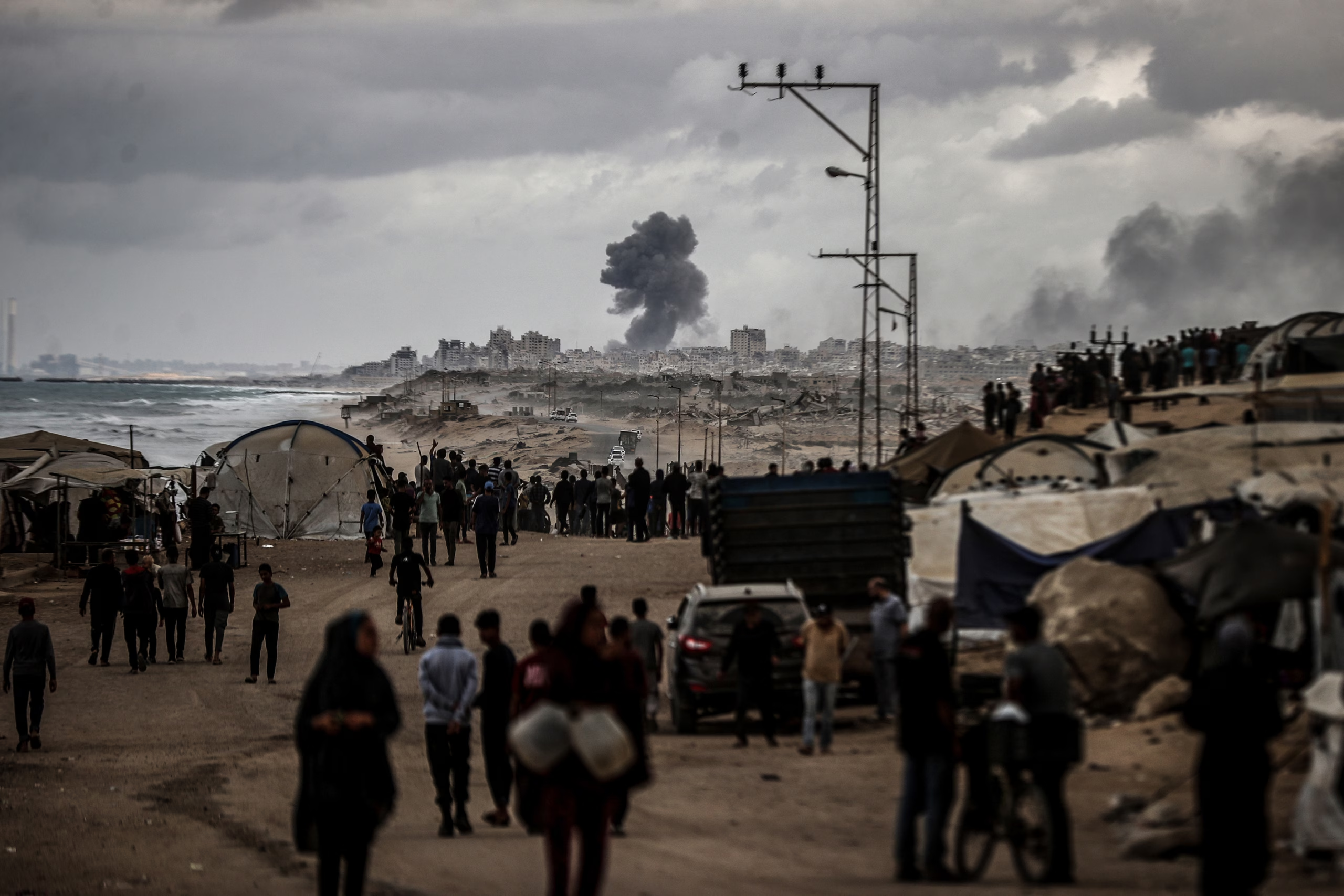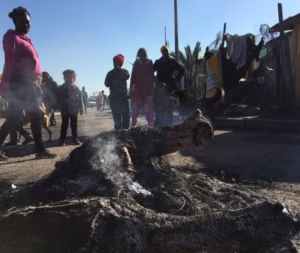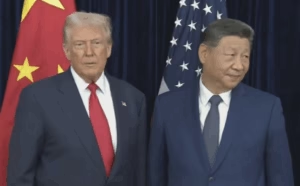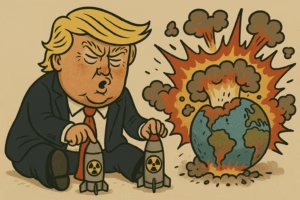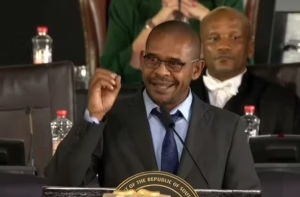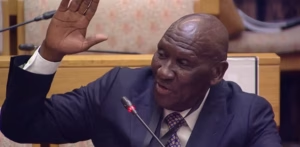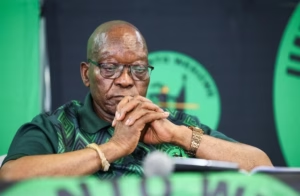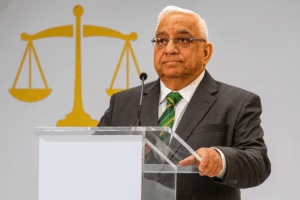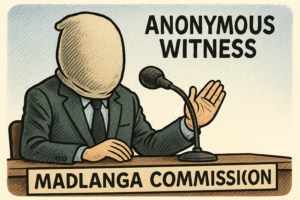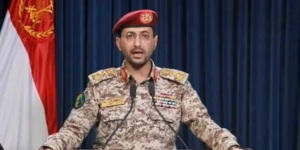Negotiations over a possible ceasefire in Gaza have entered a critical stage, with reports suggesting that United States President Donald Trump has presented a plan involving a large-scale withdrawal of Israeli forces and the release of hostages held by Hamas. The proposal, according to several international media outlets, could mark the most significant step toward ending months of devastating conflict in the Palestinian enclave.
Israeli Withdrawal From Key Areas
The reported plan calls for Israeli forces to pull back from major portions of Gaza within days. An Egyptian official involved in the mediation process told Sky News Arabia that negotiators have reached an agreement on what he described as a
“complete ceasefire”
and a
“gradual withdrawal of the Israeli army from 70% of Gaza.”
Further details reported by Ynet suggest that the Israeli Defence Forces would need to withdraw to a predetermined line within 24 hours of the agreement being approved. This would leave Israel in control of approximately 53% of Gaza, encompassing certain southern and border areas. The report added that the plan would require an immediate pullback from Gaza City and several central districts long affected by the conflict.
Hostage Exchange And Prisoner Releases
Under the terms of the deal, Hamas would release all living hostages within 72 hours following the Israeli government’s approval, Reuters reported. In exchange, Israel would release 250 Palestinians serving life sentences along with 1,700 Gazans detained since 2023, including all women and minors.
Hamas is believed to be holding around 48 hostages, with Israeli intelligence estimating that roughly 20 of them remain alive. If the terms proceed as outlined, this exchange would represent the largest humanitarian breakthrough since the outbreak of hostilities.
Trump’s Comments On Rebuilding Gaza
President Trump hailed the negotiation progress as a significant breakthrough, telling Fox News that the hostages would likely be freed by Monday and that Gaza would soon begin reconstruction. He remarked that the war-ravaged territory would soon see stability and economic recovery.
“Gaza… is going to be a much safer place… other countries in the area will help it reconstruct because they have tremendous amounts of wealth, and they want to see that happen,”
Trump said, though he did not specify which nations would take part in the rebuilding effort.
Unanswered Questions Over Gaza’s Future
Despite the optimism surrounding the reported agreement, key uncertainties persist. Among the unresolved issues are the long-term governance of Gaza and the political fate of Hamas, which Israel has consistently vowed to dismantle entirely.
Trump’s earlier peace framework had envisioned a reformed Palestinian Authority taking limited administrative control over Gaza after the conflict, following a set of political and institutional changes in the West Bank. How that vision aligns with the current ceasefire terms remains unclear.
It is worth highlighting that in prior negotiations attributed to Donald Trump, critics have argued that the public diplomacy served in part as a diversion behind which offensive actions were readied. In one example, The Atlantic described a so-called “two-week window for diplomacy” as a “smoke screen,” claiming that even as the president appeared open to talks, he had already resolved to strike.
Similarly, Axios reported that the public countdown toward a decision on Iran “doubled as a smokescreen,” masking a military plan that was already underway
These assessments suggest that while ceasefire talks are formally underway now in Gaza, observers may view them with suspicion, asking whether they might again function as a strategic distraction ahead of renewed military operations.
The coming days will likely determine whether the proposal leads to a lasting cessation of violence or becomes another temporary pause in a decades-long struggle. For now, cautious optimism has replaced months of despair, as both sides weigh the political and humanitarian stakes of what could become a defining moment in the region’s history.

